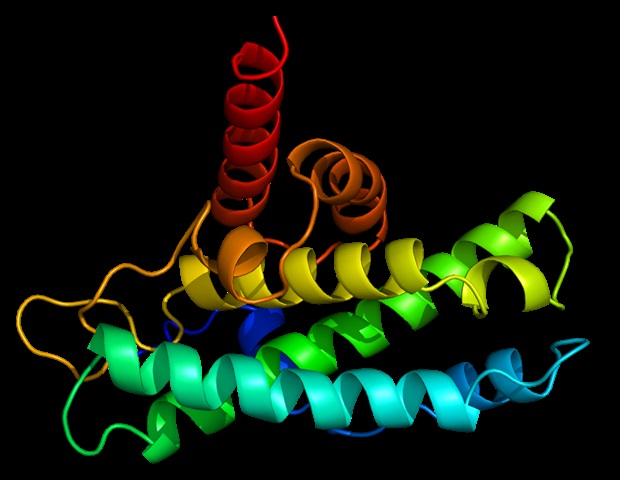In physics, a system composed of two substances can be modeled in accordance with classical mixture theory, which considers the fraction corresponding to each constituent and the interactions among constituents. Examples include the coexistence of high- and low-density phases in supercooled water and the coexistence of metal puddles in an insulating matrix in the Mott metal-insulator transition.
Motivated by this kind of consideration, researchers at São Paulo State University (UNESP) in Rio Claro, Brazil, used concepts of condensed matter physics to describe protein compartmentalization in cells and proposed a cellular Griffiths-like phase in direct analogy to the canonical magnetic Griffiths phase. An article on the study is published in the journal Heliyon. The last author and PI is Mariano de Souza, a professor at the Institute of Geosciences and Exact Sciences (IGCE-UNESP), and the first author is Lucas Squillante, a PhD candidate at the same university.
In the magnetic Griffiths phase, magnetized or non-magnetized regions emerge in paramagnetic or ferromagnetic matrices respectively, giving rise to a significant reduction in the dynamics of the systems. These so-called ‘rare regions’ emerge in a random fashion. In previous work, we explored the electronic Griffiths-like phase at the verge of the Mott metal-insulator transition. In this study, we focused on the protein droplets formed inside cells as ‘rare regions’, in direct analogy with the magnetic Griffiths phase.”
Mariano de Souza, Professor, Institute of Geosciences and Exact Sciences, Fundação de Amparo à Pesquisa do Estado de São Paulo
Production of proteins inside a cell can reach a threshold that gives rise to liquid-liquid phase separation and compartmentalization of proteins in the form of droplets. “Using thermodynamics tools such as the Grüneisen parameter, the Flory-Huggins model and the Avramov-Casalini model, we show that cellular dynamics is dramatically reduced in the vicinity of the binodal line that determines phase separation, and also for an equivalent protein/solvent concentration, giving rise to a Griffiths-like cellular phase,” Souza said.
The study also proposes that the Griffiths-like cellular phase is associated with the origin of life and the emergence of primordial organisms, in accordance with the classical theory formulated by Russian biologist and biochemist Aleksandr Oparin (1894-1980) in the 1930s, since only coacervates (droplets of organic molecules clustering in an aqueous solution) with slow dynamics survived and evolved.
“This in turn may be linked to the fundamental role played by homochirality in the evolution of life,” Souza said. Chirality is the property of an object or molecule which means it cannot be superimposed on its mirror image. Human hands are chiral, for example. Homochirality is the predominance of a single chirality in molecules of a biological system.
The researchers demonstrate in the study that an increase in protein diffusion time occurs concomitantly with a reduction in stochastic fluctuations in the cell, which in turn is key to optimizing gene expression. The study offers an alternative approach to investigating the dynamics of protein compartmentalization, which may also be applicable to other biological systems.
“The fundamental role played by liquid-liquid phase separation in the development and treatment of diseases is widely discussed in the literature, especially with regard to tumorigenesis. The idea is that proteins encoded by genes associated with such diseases can be compartmentalized and that this affects their role in cell mutation,” said Marcos Minicucci, a professor of clinical medicine at UNESP Botucatu and a co-author of the article.
Other examples of the role played by phase separation include cataract (where phase separation in the retina can cause visual impairment), neurodegenerative diseases, and even COVID-19 (where coacervation of the SARS-CoV-2 N protein can suppress the innate immune response to the virus). It has recently been reported that the phase separation associated with ferroptosis suppressing protein 1 (FSP1) can be used in an effective therapeutic intervention against cancer.
“Liquid-liquid phase separation affects each disease differently, and protein droplet formation may or may not be beneficial. The Griffiths-like cellular phase we’re proposing can have a significant impact in managing and even treating diseases,” Minicucci said. The study conducted by Souza’s group demonstrates the importance of interdisciplinarity in fundamental science projects.
Squillante, L., et al. (2024). Cellular Griffiths-like phase. Heliyon. doi.org/10.1016/j.heliyon.2024.e34622
Source link : News-Medica

